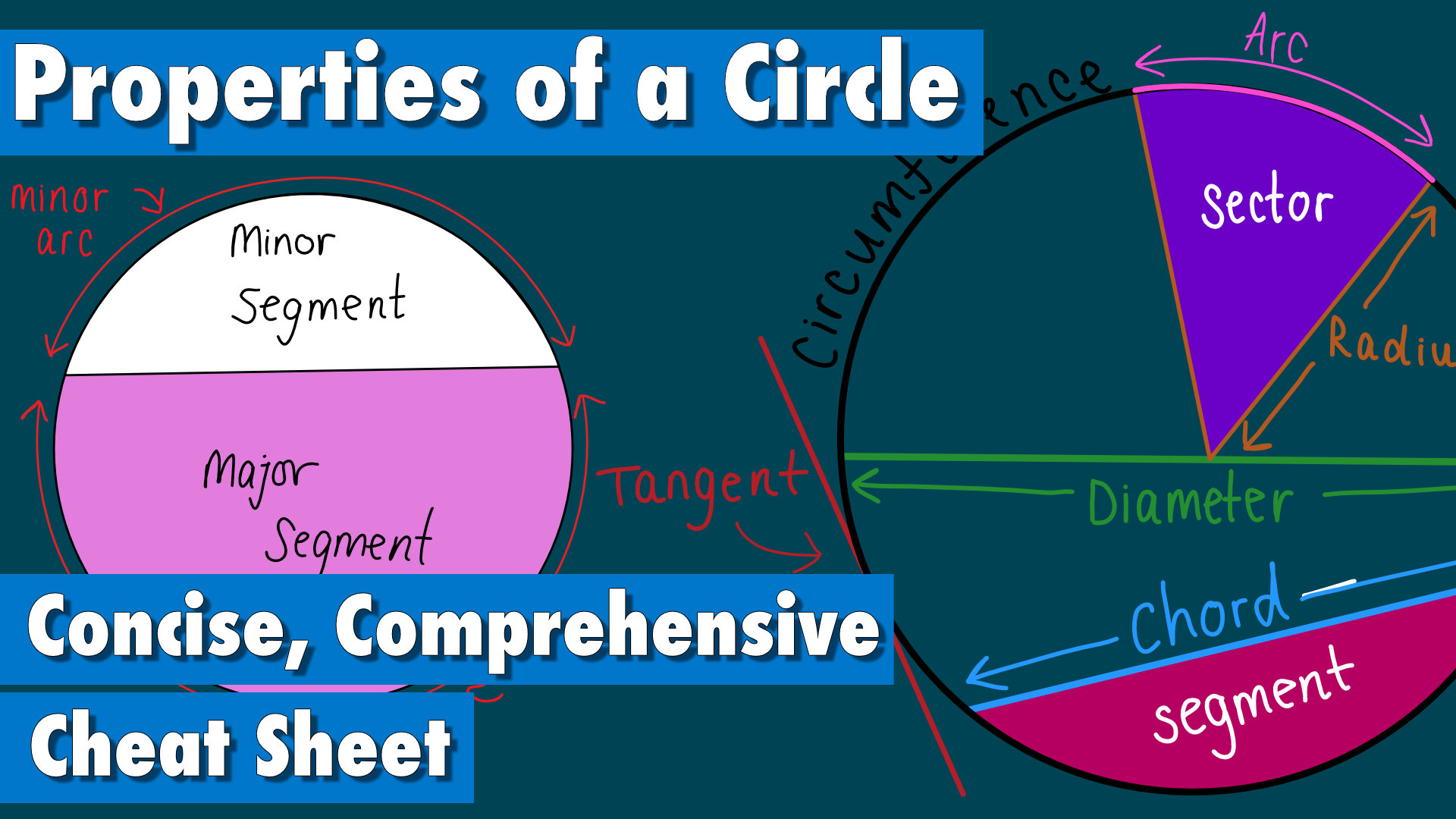What are Indices ? Kid Easily Explains Laws of Indices, Powers, Exponents in Detail
What are Indices ? Kid Easily Explains Laws of Indices, Powers, Exponents in Detail
Our youngest sister explains Laws of Indices from the basics through to negative and fractional powers. Really good insight into Indices, Powers and Exponents.
If you liked this you may be interested in our Binary and Hex Tutorial
- What You Will Discover
- Video Walkthrough
- The Basics
- Multiplying Indices
- Dividing Indices
- Zero As An Index - Power Of 0
- Negative Indices
- Fractional Indices Or Exponents
- All The Laws Of Indices
- Answers To Questions
What You Will Discover
Our Dad taught us how to figure out the answers to simple 𝓍6, fractional 𝓍½, zero 𝓍0, and negative 𝓍-2 indices or exponents ourselves. Without telling us the rules.
There are rules you can memorise, but even if we forget we can figure them out again from scratch and learning this way gave us a deeper understanding.
Need to figure out these values? 26, 20, 2-2, or 2½ No problem!
Video Walkthrough
The Basics
The small number at the top 53 (in this case a 3) is the index but is sometimes referred to as the power or exponent. The plural of index is indices.
All it means is repeated multiplication, easy. So we take the big number which is called the base (in this case 5) and write it down as many times as the index tells us and in between we add the multiplication sign.
5 × 5 × 5 = 125
Let's try another one, 64
6 × 6 × 6 × 6 = 1296
Easy right? It's surprising how such small numbers can result in big numbers.
The base and index can be any number or term.
Test Yourself
Try some yourself the answers are at the bottom of the page.
- 25
- 71
Multiplying Indices
This is where you would be shown a rule or law but let's figure it out for ourselves. Try not to read too far ahead and look at the term below.
22 × 23
Try to work out the answer yourself before reading on, and think about a way we could rewrite this term in a simpler form still using indices. Can you generalise this to work with all cases where we are multiplying indices which share the same base?
Remember the base is the big number.
Here is how we thought about it, we multiplied out the 2 terms and illustrated with a different colour for each. We spotted a possible pattern or rule, do you see it?
22 × 23 = 2 × 2 × 2 × 2 × 2 × 2 = 25
We tested if this rule worked for another example
93 × 93 = 9 × 9 × 9 × 9 × 9 × 9 = 96
The rule we figured out was when multiplying indices with the same base, add the powers.
b𝓃 × b𝓂 = b𝓃 + 𝓂
Very useful for the following
723 × 76 = 723 + 6 = 729
Dividing Indices
We would encourage you to have a go at figuring out how to divide indices where the bases are the same before reading on. It doesn't matter if you succeed because just by having a go you will learn just as much.
You are looking at completing this rule:
b𝓃 ÷ b𝓂 = ???
24 ÷ 22 = (2 × 2 × 2 × 2) ÷ (2 × 2) = 16 ÷ 4 = 4 = 22
So
24 ÷ 22 = 22
Did you figure out the rule/law?
b𝓃 ÷ b𝓂 = b𝓃 - 𝓂
Now we have our law let's run through an example
37 ÷ 33 = 37 - 3 = 34
Zero As An Index - Power Of 0
What on earth is 230 what do we do when the index, power, or exponent is 0?
Take a look at the last law we discovered and try to figure it out using that law. I'm going to give another hint in the next paragraph so if you don't want to know then don't read on just yet.
OK here is a hint, look at the law b𝓃 ÷ b𝓂 = b𝓃 - 𝓂 and pick numbers for 𝓃 and 𝓂 which would produce zero as an index. Pick a real number for b and you can figure out the answer from the left hand side of the law. Perhaps you already did this?
Let's try it, if we pick the same number for 𝓃 and 𝓂 we will get a zero index.
22 ÷ 22 = 22 - 2 = 20
Well 22 is 4 So
20 = 22 ÷ 22 = 4 ÷ 4 = 1
So any base with an exponent of 0 is 1. If you're not convinced then plug in some other numbers for the base and index.
We have another law/rule.
b0 = 1
Negative Indices
We're getting good at this now, we can probably figure out negative indices in a similar way to zero as an index. Feel free to have a go before you read on.
OK our dividing indices law b𝓃 ÷ b𝓂 = b𝓃 - 𝓂 if we pick a value for 𝓂 which is bigger than 𝓃 we will get a negative index. We can then calculate the value on the left as we did before.
22 ÷ 23 = 22 - 3 = 2-1
Well 22 = 4 and 23 = 8 so
2-1 = 4 ÷ 8 = ½
It looks like more generally b-1 = 1 ÷ b you can try with other bases to check to convince yourself this works all the time.
How about we see what happens with -2 as an index instead of -1
2-2 = 22 - 4 = 22 ÷ 24 = 4 ÷ 16 = ¼
Well ¼ is the same as 1 ÷ 22 so we can deduce
b-2 = 1 ÷ b2
In fact it's becoming clear we can deal with negative indices with the following law/rule
b-𝓃 = 1 ÷ b𝓃
Fractional Indices Or Exponents
Consider 4½ × 4½ we can use our multiplying indices law.
b𝓃 × b𝓂 = b𝓃 + 𝓂
To get
4½ + ½ = 41 = 4
So what is 4½ ? Whatever it is, if you multiply it by it's self you get 4. So it must be 2 because 2 × 2 = 4
This is called the square root if you have never seen the radical symbol √ then kudos for getting this far. They're kind of the opposite to indices.
$\sqrt[2]{4} $ means the number that when multiplied by itself would equal 4 (which is 2)
$\sqrt[3]{27}$ means the number that when multiplied by itself 3 times would equal 27 (which is $3$, $3\times 3\times 3 = 27$)
Our law for fractional indices is:
$$b^{\frac{m}{n}}=(\sqrt[n]{b})^{m}$$
All The Laws Of Indices
$$\Large\color{RebeccaPurple} b^{m} \times b^{n}=b^{m+n}$$ $$\Large\color{RebeccaPurple} b^{m} \div b^{n}=b^{m-n}$$ $$\Large\color{RebeccaPurple} b^{0}=1$$ $$\Large\color{RebeccaPurple} b^{\frac{m}{n}}=(\sqrt[n]{b})^{m}$$
And a bonus which is useful but we didn't cover
$$\Large\color{RebeccaPurple} (b^{m})^{n}=b^{m \times n}$$
Answers To Questions
- 25 = 2 × 2 × 2 × 2 × 2 = 32
- 71 = 7
Related Posts

Properties of a Circle Cheat Sheet - Concise & Comprehensive






